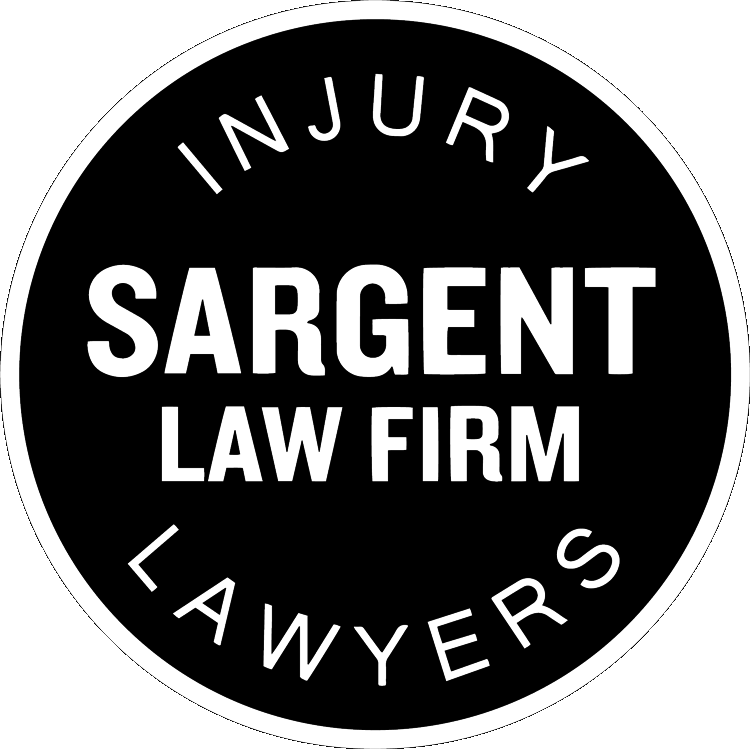It should come as no surprise that when the roads are wet, the number of car collisions goes up. Because Southern California is generally so dry, when it does rain the roads can be an extra hazardous place. And when the rain comes after a long dry spell, it can make driving conditions more deadly, as found in a study done by UC Berkeley. Knowing why accidents happen in the rain can help keep you out of trouble the next time you are driving in a drizzle or a downpour.
Oily Road Surfaces
Sunny skies make great beach weather, but hazardous road surfaces. When it does not rain for weeks on end, oil and other debris accumulate and make the roads extra slick. The longer the dry spell, the slicker the roads become once the rain arrives. The oil floats up as a thin film on top of the water, creating ice-like driving conditions. The first day of rain is the most dangerous; luckily by the second day much of the oil and other debris has been washed off and the roads are less slick.
Many Californian Drivers are Unfamiliar with Wet Conditions
Not only do dry climates create slick roads when wet, they also create poor wet-weather drivers. It is vital to change the way you drive when climate weather comes into play. Rain makes it harder to stop, hides potholes, decreases visibility, and makes hydroplaning a lethal threat. Hydroplaning happens when your car’s wheels momentarily rise to the surface of standing water, like a water-skier, instead of staying down on the pavement. Hydroplaning causes you to lose control of your steering and creates a terrifying state of helplessness. It happens when you are driving at a high speed, usually greater than 35 miles-per-hour, making it commonplace on freeways and highways.
Not only do dry climates create slick roads when wet, they also create poor wet-weather drivers. It is vital to change the way you drive when climate weather comes into play. Rain makes it harder to stop, hides potholes, decreases visibility, and makes hydroplaning a lethal threat. Hydroplaning happens when your car’s wheels momentarily rise to the surface of standing water, like a water-skier, instead of staying down on the pavement. Hydroplaning causes you to lose control of your steering and creates a terrifying state of helplessness. It happens when you are driving at a high speed, usually greater than 35 miles-per-hour, making it commonplace on freeways and highways.
When it is Wet, Follow These Guidelines for Safer Driving:
- Allow more space between you and the vehicle in front of you;
- Brake sooner, not harder;
- Plan for longer drive time so you do not feel rushed or compelled to drive faster than you should;
- During a hydroplane don’t stomp on the brakes. Instead, quickly take your foot off the; gas pedal, and, although it is counterintuitive, steer in the direction you are hydroplaning to align the wheels with the direction you are going. Next, wait for the wheels to reconnect with the road and apply the brakes slowly. Do not use harsh, sudden movements as this will further reduce your control of the vehicle;
- Use your headlights so others can see you;
- Always use your turn signals;
- Make turns and change lanes more slowly than you would during dry-weather driving;
- Avoid potholes and uneven pavement; and
- Don’t use cruise control.
Outfit Your Car for Safety
When you pass a semi truck blinding you with wheel spray, you will be thankful that you have new, highly functioning window wipers. Regularly replacing the blades will keep you safe by ensuring better visibility during rainstorms. Likewise, having all-weather tires in good condition with plenty of tread will help give you traction on wet roads. Risking your life and those around you with bald tires is never worth it, so regular rotation and balancing are important. Having good traction inspires confidence when you need it most.
When you pass a semi truck blinding you with wheel spray, you will be thankful that you have new, highly functioning window wipers. Regularly replacing the blades will keep you safe by ensuring better visibility during rainstorms. Likewise, having all-weather tires in good condition with plenty of tread will help give you traction on wet roads. Risking your life and those around you with bald tires is never worth it, so regular rotation and balancing are important. Having good traction inspires confidence when you need it most.
Seek Legal Help
With Southern Californian accidents occurring at up to twice the rate in the rain as in dry weather, falling victim to a collision can sometimes be unavoidable.If you are injured in an auto accident, do not hesitate to seek legal council with one of
With Southern Californian accidents occurring at up to twice the rate in the rain as in dry weather, falling victim to a collision can sometimes be unavoidable.

